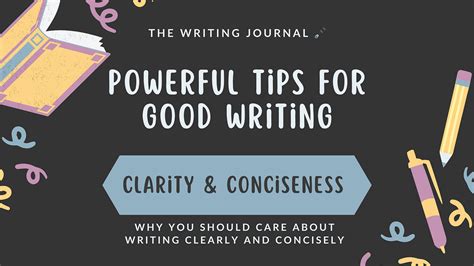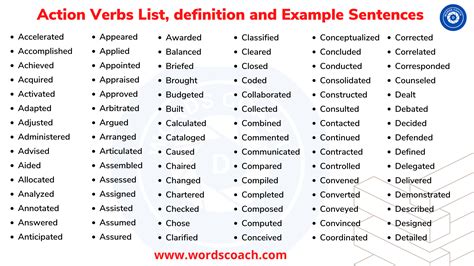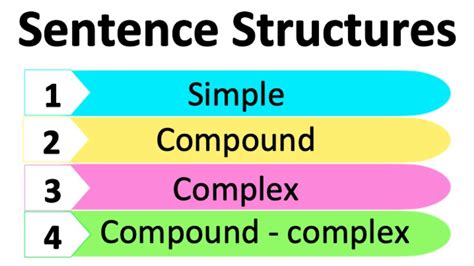In the vast landscape of communication, clarity and impact are paramount. Yet, many writers inadvertently dilute their message with superfluous words and convoluted phrasing. Wordiness, the bane of effective writing, can obscure meaning, bore readers, and undermine credibility. Cultivating a concise style isn’t about shortening your work; it’s about strengthening it, ensuring every word serves a purpose and contributes meaningfully to your message.
Why Conciseness Matters
Concise writing respects the reader’s time and attention. It delivers information efficiently, making complex ideas more accessible and arguments more persuasive. In an era of information overload, the ability to communicate succinctly is not just a preference, but a vital skill that enhances engagement and ensures your message resonates. It forces you to think critically about your ideas and express them with precision.

Identifying the Culprits of Wordiness
Before you can eliminate wordiness, you must first recognize it. Common forms include:
- Redundant phrases: Expressions where one word repeats the meaning of another (e.g., “basic fundamentals,” “future plans,” “personal opinion”).
- Filler words and phrases: Expressions that add no meaning and can often be removed without altering the sentence’s core message (e.g., “in order to,” “the fact that,” “due to the fact that,” “at this point in time”).
- Passive voice: While not always wordy, passive constructions often require more words than their active counterparts and can sound less direct.
- Nominalizations: Turning verbs or adjectives into nouns (e.g., “make a decision” instead of “decide,” “give an explanation” instead of “explain”).
- Unnecessary adverbs and adjectives: Overusing qualifiers that don’t add significant meaning (e.g., “very unique,” “really excellent,” “completely finished”).
Learning to spot these patterns is the first step toward a leaner, more impactful prose.

Effective Strategies for Pruning Your Prose
Once identified, wordiness can be systematically eliminated using several proven techniques:
1. Embrace Active Voice
Whenever possible, opt for the active voice. It is generally more direct, vigorous, and uses fewer words. Compare “The report was written by the committee” with “The committee wrote the report.” The latter is clearer and more concise.
2. Excise Redundancies and Filler Words
Scrutinize every word. Ask yourself if it genuinely contributes to the meaning. Replace phrases like “at this point in time” with “now,” or “due to the fact that” with “because.” Consolidate “advance planning” to “planning” and “end result” to “result.”
3. Replace Weak Verbs with Strong Ones
Strong, precise verbs can often replace an adverb-verb combination or even an entire phrase. Instead of “She made a quick dash to the store,” write “She dashed to the store.” Avoid generic verbs like “is,” “was,” “has,” “gets,” in favor of more specific actions.

4. Simplify Complex Sentence Structures
Break down long, convoluted sentences into shorter, more manageable ones. Look for opportunities to combine ideas where appropriate, but also to separate them for clarity. Eliminate unnecessary clauses and phrases that merely repeat or elaborate on an already clear point.
5. Avoid Jargon and Clichés
While jargon can be appropriate for a specialized audience, its overuse can alienate readers and obscure meaning. Similarly, clichés (“think outside the box,” “low-hanging fruit”) are often vague and lack originality. Choose fresh, direct language.
6. “Show, Don’t Tell” Succinctly
Rather than using many descriptive words, find the single, powerful word that conveys the image or emotion. Instead of “The old house was very, very run down and falling apart,” consider “The derelict house crumbled.”

Cultivating a Concise Writing Habit
Achieving conciseness is an iterative process that improves with practice and careful revision. Here are a few tips:
- Read Aloud: This technique helps you catch awkward phrasing, redundant words, and sentences that run too long. If it sounds clunky when spoken, it likely needs editing.
- Self-Edit Ruthlessly: Approach your own writing with the mindset of a critical editor. Be willing to cut words, sentences, or even paragraphs that don’t add essential value.
- Seek Feedback: A fresh pair of eyes can often spot wordiness that you, as the author, might overlook.
- Learn from Examples: Read authors known for their crisp, concise prose. Pay attention to how they construct sentences and convey complex ideas without excess.

Conclusion
Eliminating wordiness is more than just a stylistic preference; it’s a fundamental aspect of effective communication. By actively identifying and removing superfluous language, you empower your writing to be clearer, more engaging, and ultimately, more impactful. Embrace the power of brevity, and watch your message shine through with newfound strength and precision.




